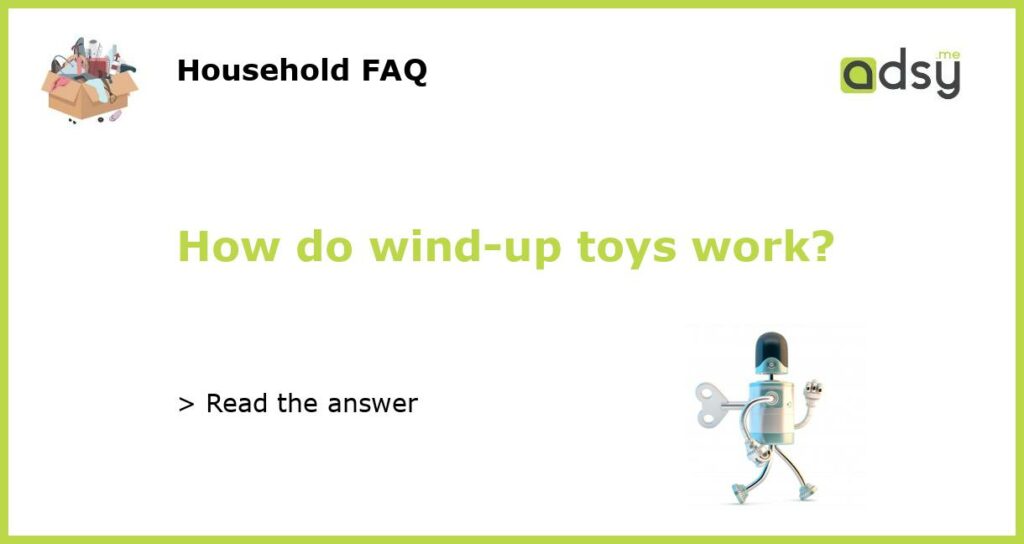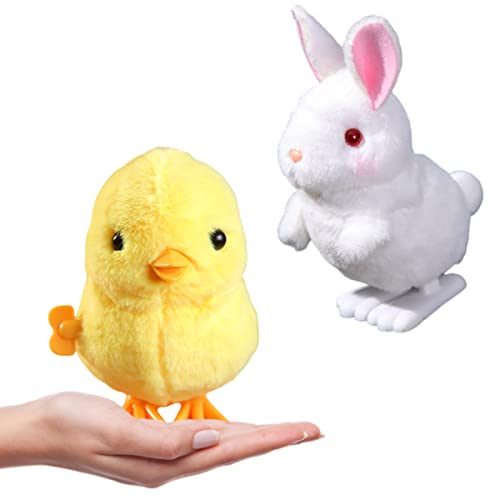How do wind-up toys work?
Wind-up toys have been popular for generations, captivating both children and adults with their simple yet fascinating mechanisms. But have you ever wondered how these toys actually work? In this article, we will explore the inner workings of wind-up toys, from the basic components to the fascinating science behind their movements.
The Basic Components
Wind-up toys typically consist of several basic components. The main component is the spring, which is wound up using a key or a knob on the toy’s side or back. The spring is connected to a series of gears or levers, which transfer the energy from the wound-up spring to the toy’s movement. Additionally, there is usually a mechanism that controls when and how the toy moves, such as a release lever or a set of gears that engage and disengage at certain intervals.
The Science of Stored Energy
The key to understanding how wind-up toys work lies in the concept of stored energy. When the spring is wound up, it stores potential energy in the form of mechanical tension. As the spring unwinds, this potential energy is gradually converted into kinetic energy, which powers the toy’s movement. This process is similar to how a rubber band propels a rubber band-powered airplane or a wind-up clock keeps time.
Transferring Energy through Gears or Levers
Once the spring is wound up and the potential energy is stored, the next step is to transfer this energy to the toy’s movement. This is where the gears or levers come into play. The gears act as mechanical amplifiers, increasing the speed or force of the movement as the energy is transferred from the wound-up spring. The levers, on the other hand, provide a more direct transfer of energy, allowing for precise and controlled movements.
Controlling the Movement
Wind-up toys often have mechanisms that control when and how the toy moves. These mechanisms can take various forms, depending on the design of the toy. For example, some wind-up toys have a release lever that is activated when the spring is fully wound up. This lever engages a series of gears that, in turn, set the toy in motion. Other toys may have a set of gears with different sizes that engage and disengage at specific intervals, creating a periodic motion.






